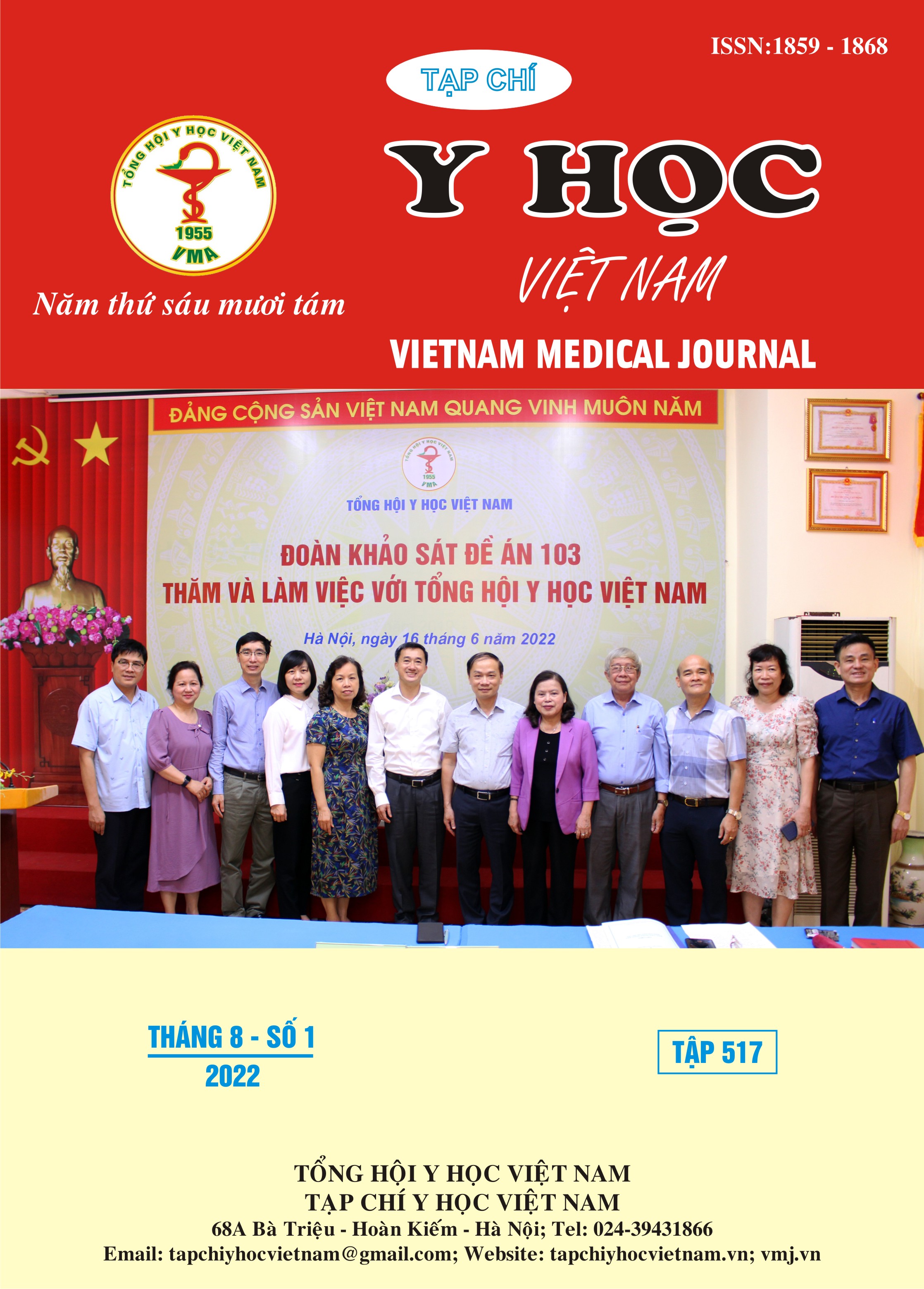RESULTS OF HYBRID REVACULARIZATION IN MULTILEVEL PERIPHERAL ARTERY DISEASE AT CHO RAY HOSPITAL 2018-2019
Main Article Content
Abstract
Background: Multilevel peripheral arterial disease is challenging for physicians. Classic methods such as surgery or endovascular intervention alone on all lesions are not always possible. The current trend in the world is to use one-stage hybrid to reduce the difficulty of surgery / endovascular intervention, to take full advantages of surgery and endovascular intervention, reducing medical costs and reducing adverse effects. Purposes: 1. Remark about indication of hybrid intervention in multilevel peripheral arterial disease; 2. Evaluate the result of hybrid intervention in multilevel peripheral arterial disease. Patients and methods: Retrospective descriptive series of multilevel PAD patients treated with one-stage hybrid revascularization at Vascular surgery department, Cho Ray Hospital from June - 2018 to June 2019. Results: 94,7% patients were male, frequent risk factor were high blood pressure (63.2%), smoking (26.3%) and diabetes (26.3%). 68.4% patients had leg ulcer and necrosis. Most of lesions were at TASC II C and D stage. 13/19 patients had all three segments lesions but none of them was treated for below the knee lesions. 73.7% patients were under local anesthesia. 73,7% under CFA endacterectomy and plasty, 36,8% embolectomy và 10,5% femoro-femoral bypass combined with endovascular revascularization of the others lesions.Average operating time was 193+ 34 minutes. Only 5,3% patients has perioperating complication.After 6 months, 89,6% patients had good results. Conclusion: Hybrid revascularization has few complication, improve patient's clinical symptom and ABI. Indication for hybrid revacularization include: CFA occlusion, ALI over PAD patients, iliac artery occlusion whom can't be revascularized combined with others lesions in the same limb. We usually use CFA endacterectomy, embolectomy by Fogarty catheter or Femoro-femoral bypass combined with angioplasty and stenting the others lesions. For multilevel lesions, aorto-iliac lesions and femoro-popliteal lesions were revascularized preferentially, below-knee lesions were neglated at first.
Article Details
Keywords
Hybrid intervention, multilevel peripheral arterial disease
References
2. Jung, H.J., et al., 2018. Simultaneous Hybrid Operation Common Femoral Endarterectomy and Endovascular Treatment in Multilevel Peripheral Arterial Disease with Critical Limb Ischemia. Indian J Surg, 80(2): p. 140-145.
3. Cardon, A., et al., 2001. [Endarteriectomy of the femoral tripod: long-term results and analysis of failure factors]. Ann Chir, 126(8): p. 777-82.
4. Norgren, L., et al., 2007. Inter-Society Consensus for the Management of Peripheral Arterial Disease (TASC II). J Vasc Surg, 45 Suppl S: p. S5-67.


